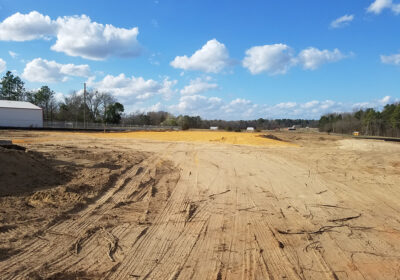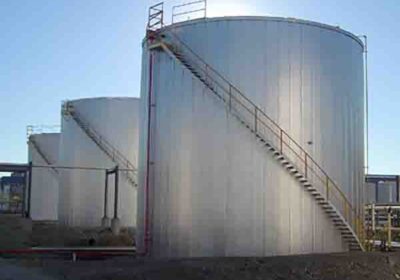5 THINGS FIELD ERECTED TANKS ARE & ARE NOT
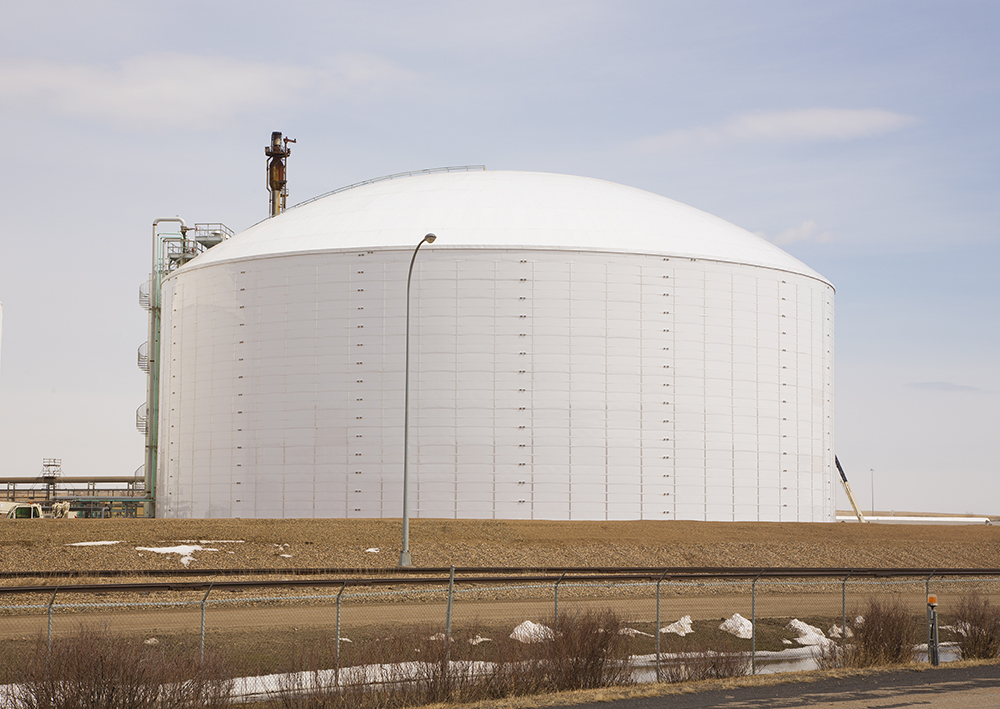
We love it when interested folks contact us via our website to ask questions, request quotes and tell us about their tank projects. We’ve learned that there are tank projects going on all over the world, requiring everything from small, 600 gallon tanks to enormous 20 million gallon tanks (and larger). Sometimes, a field erected welded steel tank is the perfect solution; sometimes, another type of tank is in order. Here are some facts about field erected tanks:
Field Erected Welded Steel Tanks Are Really Big
For tank people, this is a “Thank you, Captain Obvious” statement. But it’s not always that clear. If you’re a project manager for a General Contractor, or an engineering firm, and you’re working on the overall plan for a large project, a tank is often just one small part of the total scope. The difference between a big and and a really big tank may not be at all obvious. So let’s put some very basic parameters on it, just for the sake of illustration:
A really big tank holds more than about 45,000 gallons, and is greater than about 15′ in diameter. Those are just basic minumum guidelines; welded steel tanks can be designed and constructed in an almost endless number of sizes – from smallish to medium sized to nothing short of gigantic. To give you an idea of the range of options, here are just a few examples of tanks we’ve built:
- 20′ x 48′ potable water storage tank for a school district
- 50′ x 30′ green liquor tank for a pulp & paper plant
- 37′ x 32′ fire protection water storage tank for a manufacturing facility
- 52′ x 32′ fuel tanks for an international airport
- 65′ x 40′ demineralized water tank for a combined cycle power plant
- 100′ x 50′ water storage tank for a municipality
- 120′ x 48′ bulk liquid storage tank for a terminal facility
- 124′ x 52′ jet fuel storage tank at an air force base
- 170′ x 64′ anhydrous ammonia storage tank for a synthetic gas processing plant
This very brief list illustrates how field erected tanks of various sizes are working in all types of industries, but even the smallest storage tanks are pretty large!

Field Erected Welded Steel Tanks Are Not Shop-Built Tanks
Field erected tanks are so named because they are too large to be put together inside a shop facility and transported to the project site. Shop built tanks, on the other hand, can be fabricated, blasted, primed and built in a shop and then transported to the project site, where they are erected or installed. Sometimes shop built tanks are installed inside a building and sometimes they’re installed outside. Like field erected welded steel tanks, shop built tanks can be made of carbon or stainless steel, and can meet various tank standards and codes, including ASME codes for pressure vessels. Volume and the dimensions of the tank, as well as pressure and code requirements, generally dictate whether a field erected tank or shop tank is needed. Occasioanally, the site will be the major factor. For example, we recently worked on a project that required a fairly small tank inside a building. The tank would normally be a shop-built tank, but because of limited access to the building, the tank needed to be erected on site, inside the building.
Field Erected Welded Steel Tanks Are Not “In Stock”
There’s no such thing as an “in stock” field erected tank. A field erected tank contractor doesn’t “carry” certain tanks. Every tank is designed based on the what it’s going to be doing – what products it will hold, how it’ll need to function, where it will sit, what forces will be acting on it, and many other considerations. Once the design is established, the tank is fabricated based on those specifications – one piece of steel plate at a time. The pieces of plate that will form the tank shell, and all the nozzles, railings, and other pieces are loaded on a flat bed trailer and sent to the jobsite. There, the tank is built, from the foundation up, one plate at a time. While there are some standard specifications in place for basic tanks such as firewater tanks, municipal water tanks and other storage tanks, those specifications serve as a starting point for the final design that will meet each customer or owner’s precise needs.
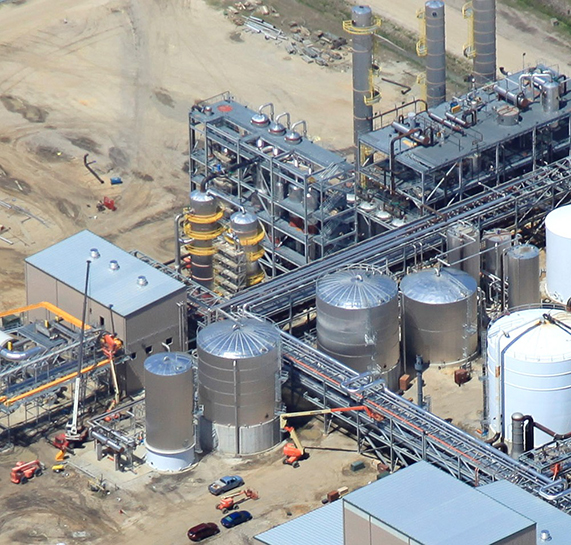
Field Erected Welded Steel Tanks Can Be Built Out Of Stainless, Duplex and Carbon Steel
Field erected welded steel tanks are monolithic steel behemoths, built to withstand the tests of time, temperature, harsh weather, harsh products, and dozens of other factors. Depending on the tank’s purpose, a field erected welded steel tank can be built out of carbon steel, stainless steel or a duplex material. Not all tank contractors are equipped to handle stainless steel and duplex material, as these specialized materials require specific storage and handling procedures. Carbon steel tanks are used in lots of applications from municipal water storage tanks to bulk liquid storage tanks. Stainless and duplex material tanks are used for in the food an beverage industry (food-grade stainless steel tanks hold everything from orange juice to vegetable oil), in the chemicals industry to hold caustic liquids, in the power industry to hold deminineralized water, and other applications where the contents of the tank require unique corrosion resistant qualities.
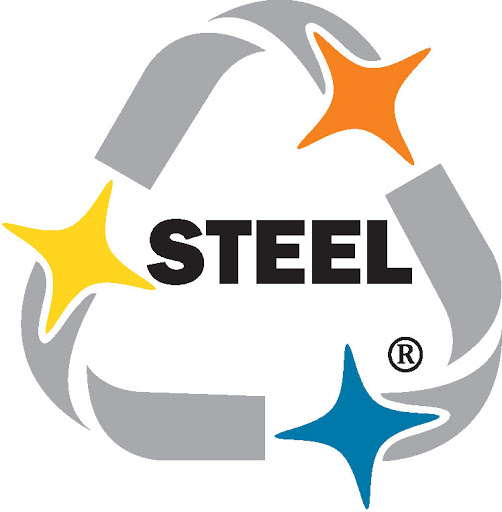
Field Erected Welded Steel Tanks Are Sustainable
Because welded steel storage tanks are an integral part of our industrial landscape, it’s good to note that these workhorses of the power, terminals, water, chemicals, food and beverage, oil and gas, fire protection and other industries are actually sustainable. Steel is the world’s most recycled material. According to the Steel Tank Institute, 92% of steel in North American is recycled annually. New steel products contain a minimum of 20% recycled material, and for the fabrication industry, steel scrap is the largest single source for raw material. The American Iron & Steel Institute explains that “the amazing metallurgical properties of steel allow it to be recycled continually with no degradation in performance, and from one product to another.” In addition to their recycled content, steel products last a for a very long time – there are steel water tanks in operation today that are over 100 years old – and that contributes to the sustainability of steel as well. And when steel storage tanks, pipes, and other products have reached the end of their lifecycle, they can be scrapped, recycled, and used again.
Image Credit: http://www.recycle-steel.org/media-center/steel-logo-services.aspx
There’s a lot more to know about field erected welded steel storage tanks – for more information, please visit us at FisherTank.com!
More resources:
Steel Tank Institute’s Sustainable Steel PDF
Modern Welding Company – shop built tanks
ArcelorMittal – steelmaking
Click here to read more of our blogs


